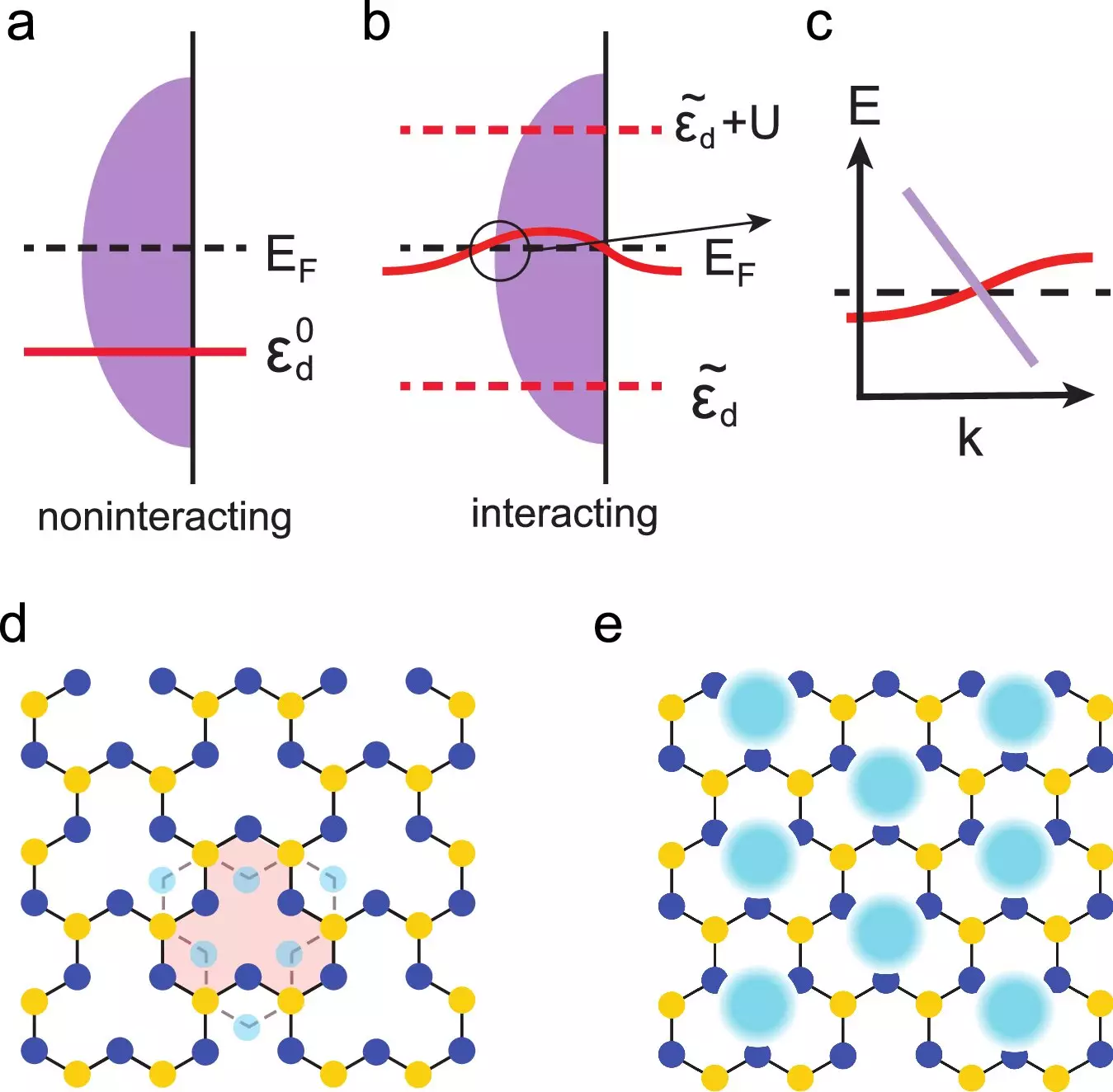The recent study published in Nature Communications led by Rice University’s Qimiao Si delves into the world of quantum materials and the potential impact of flat electronic bands at the Fermi level. Quantum mechanics governs these materials, where electrons exist in unique energy states, forming a ladder with the highest rung being the Fermi energy.
Typically, flat bands are located far from the Fermi energy, limiting their influence on a material’s properties. However, Si’s team discovered that electron interactions can lead to the creation of new flat bands at the Fermi level, significantly enhancing their significance. These flat bands can play a crucial role in enhancing electron interactions, potentially leading to the emergence of new quantum phases and low-energy behaviors.
Implications for Quantum Computing
The findings of this research have far-reaching implications for the field of quantum computing and electronic devices. The study suggests that these new flat bands could inspire the design of transition metal ions and d-electron materials with specific crystal lattices, leading to innovative applications in quantum bits, qubits, and spintronics.
Through a theoretical model, the researchers demonstrated that electron interactions can give rise to a new type of Kondo effect, where immobile particles can gain mobility by interacting with mobile electrons at the Fermi energy. This effect, enabled by quantum interference, presents a significant advancement in understanding the behavior of electrons in materials.
Potential Applications of Flat Bands
The study also uncovers the potential applications of flat bands in the realization of new quantum states of matter, such as anyons and Weyl fermions. These massless quasiparticles and fermions carry electric charges, making them promising candidates for qubits and spin-based electronics. Additionally, materials hosting Weyl fermions may have applications in advanced quantum control and responsiveness to external signals.
Future Outlook
The results of this research indicate that flat bands could pave the way for the development of strongly correlated topological semimetals operating at relatively low temperatures, possibly even at room temperature. This groundbreaking work lays the theoretical foundation for the utilization of flat bands in creating and controlling novel quantum materials that can function beyond the confines of low-temperature environments.
The study led by Qimiao Si and his team sheds light on the significance of flat electronic bands at the Fermi level and their potential to revolutionize the field of quantum computing and electronic devices. The discovery of these bands opens up new avenues for the design and development of advanced materials with applications in various technological domains.


Leave a Reply